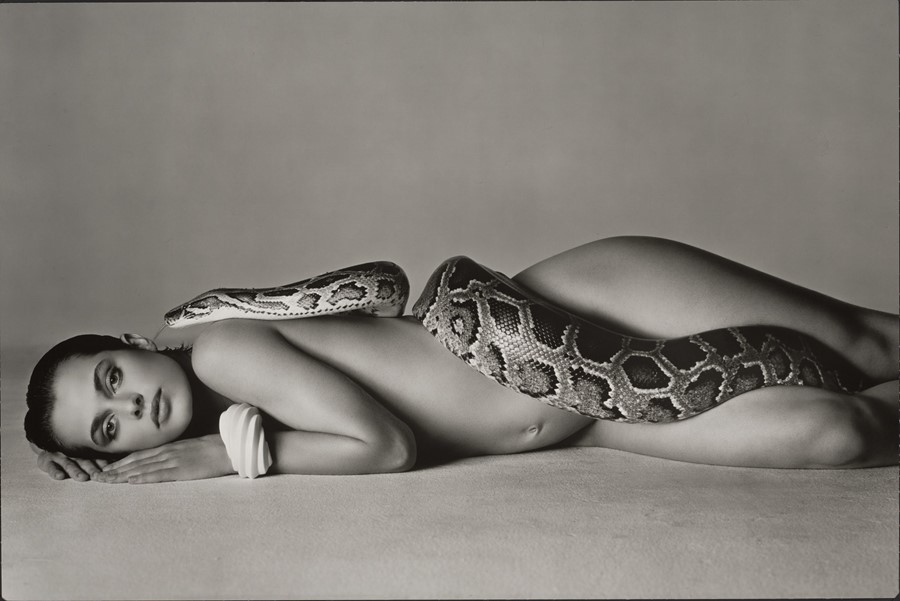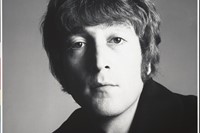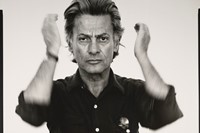A new photo book chronicles the relationships Richard Avedon had with his sitters like Truman Capote and Donatella Versace. “I think charm is the ability to be truly interested in other people,” he said
“My portraits are more about me than they are about the people I photograph,” said Richard Avedon, offering a revelatory look at the inner workings of his creative process. Although he disliked having a large format camera come between them, its presence allowed luminaries like Andy Warhol, Marilyn Monroe, Truman Capote, and Allen Ginsberg to lay themselves bare, exposing their bodies, scars, and vulnerabilities with care.
Avedon brought liberators like Malcolm X, Shirley Chisholm, and the Young Lords into his studio just as he opened the door to radical right-wingers like Henry Kissinger, George H W Bush, and George Wallace. Navigating the vast chasm of American politics required diplomacy, discernment, and a singular curiosity few possess – but Avedon had it in spades.
“When Richard Avedon was photographing people, he was trying to resonate with them so that he could understand them,” says Rebecca A Senf, editor of Richard Avedon: Relationships (Skira). “He was looking to make pictures that are truthful, not necessarily encompassing everything about a person but rather a truthful aspect or moment. And all of those moments, perspectives, and emotions are what humanity is made of.”
Present, open, and fully engaged with those he met, Avedon understood the transformative power of seeing and being seen. “I think charm is the ability to be truly interested in other people,” he said. In that moment of mutual recognition, a bond is formed, one that allows people to let down their guard. “Trust,” Donatella Versace writes in the book’s foreword. “For me that is the foundation of the best relationships. With Avedon there was absolute trust. Trust in his light. Trust in his storytelling. Trust in our shared vision.”
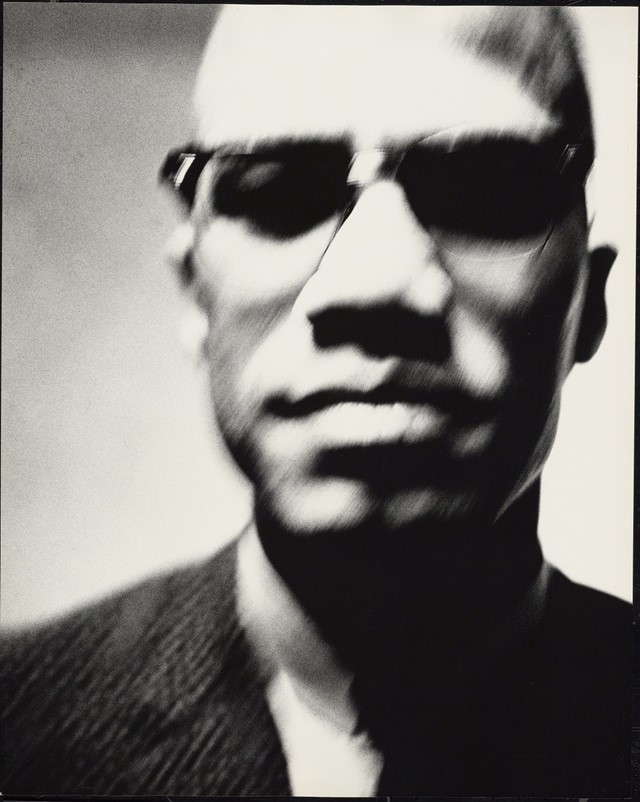
Over a period of six decades, Avedon encountered some of the most influential people of his time, at times photographing them more than once – and the time between sittings tells a story unto itself. His 1955 and 1974 portraits of Truman Capote are the stuff of Southern Gothic novels when placed side by side, as they are in the book. In the 1955 portrait, Capote plays the angelic ingénue, topless to boot, his head tilting back to the right, eyes closed, shoulders slipping away, his fame and fortune as sure as his boyish beauty. But by 1974, life had taken its toll, as Capote’s gaze is heavy, hooded eyes sunken inside a puffy, wrinkled face flecked with sunspots and topped by an ever-thinning pate. Answered prayers, indeed.
“These pictures don’t just happen,” says Senf, chief curator at the Center for Creative Photography, University of Arizona, which houses the collection from which the photographs in Relationships are drawn. Featuring 100 photographs, the book brings together classic works like the 1957 portrait of the Duke and Duchess of Windsor in New York – looking unguardedly woeful and worn – and the 1963 portrait of basketball star Lew Alcindor (before he changed his name to Kareem Abdul-Jabbar) on a New York street court in his uniform, looking like a supermodel.
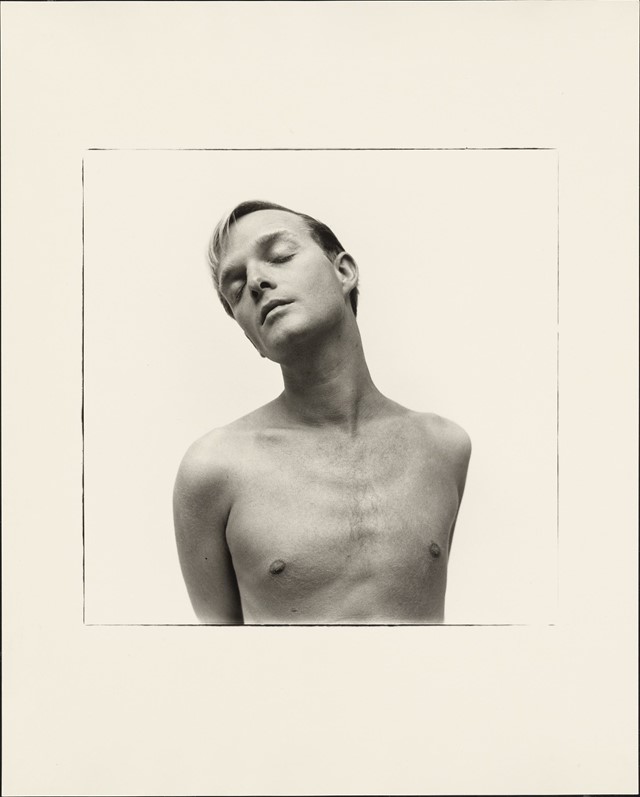
Relationships brings together Avedon’s individual portraits with portraits of couples and groups to consider what happens when you add a third (fourth, or even fifth) to the mix. Avedon’s famous 1957 portrait of Marilyn Monroe looking exquisitely forlorn in a black sequin halter dress is paired with a portrait the artist took two days later of Monroe and her then-husband Arthur Miller. He sits confidently, arms crossed, wide close-lipped smile creasing his face, while she stands behind him, draping herself across his back, wrapping her arms around his shoulders, nuzzling her head to his, the euphoria palpable. In Monroe, Avedon saw extremes he recognised and understood, and gave her the space to be Norma Jeane rather than Marilyn, if only for a moment.
“My concern is, how would you say, well, the human predicament; only what I consider the human predicament may be simply my own,” Avedon told Capote, and the writer took note, including this quote in his 1959 essay for Observations, Avedon’s first monograph. Capote offered an intimate look at the man on the other side of the lens, observing, “His brown and deceivingly normal eyes, so energetic at seeing the concealed and seizing the spirit, ceasing the flight of a truth, a mood, a face, are the important features.”
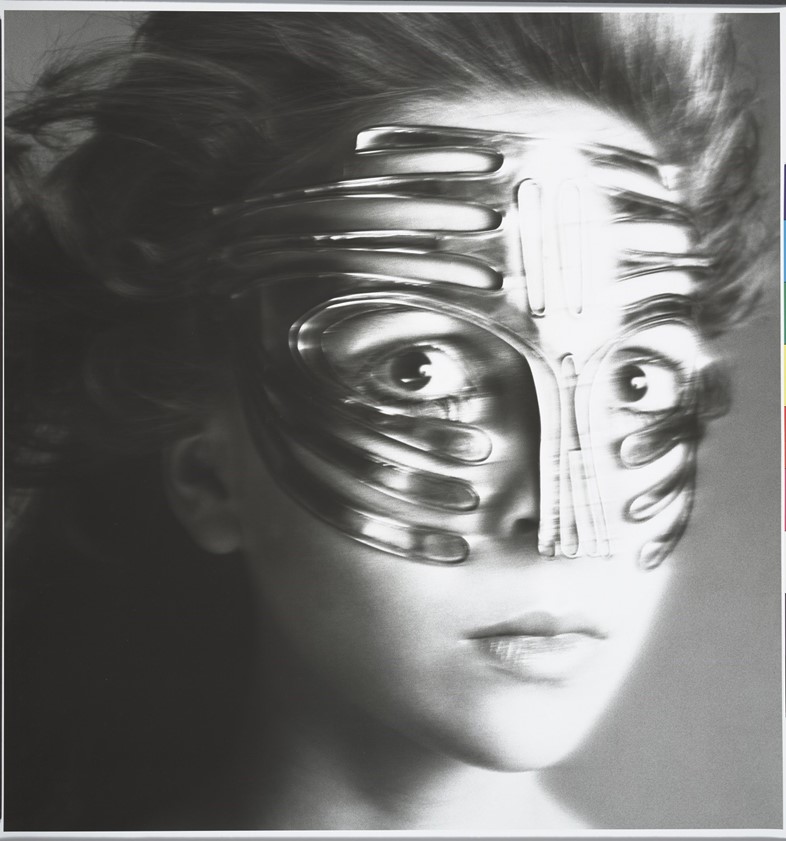
Revelling in Avedon’s “nervously sensitive intelligence,” Capote recognises himself in the photographer and waxes poetically before finally revealing what we all want to know: what it feels like to witness a master at work. “For the truth is, though loquacious, an unskimping conversationalist, the sort that zigzags like a bee ambitious to de-pollen a dozen blossoms simultaneously, Avedon is not, not very, articulate,” Capote writes. “He finds his proper tongue in silence, and while manoeuvring a camera – his voice, the one that speaks with admirable clarity, is the soft sound of the shutter forever freezing a moment focused by his perception.” And in Avedon’s skilled hands, a fleeting moment was made eternal.
Richard Avedon: Relationships is published by Skira and is out now.
